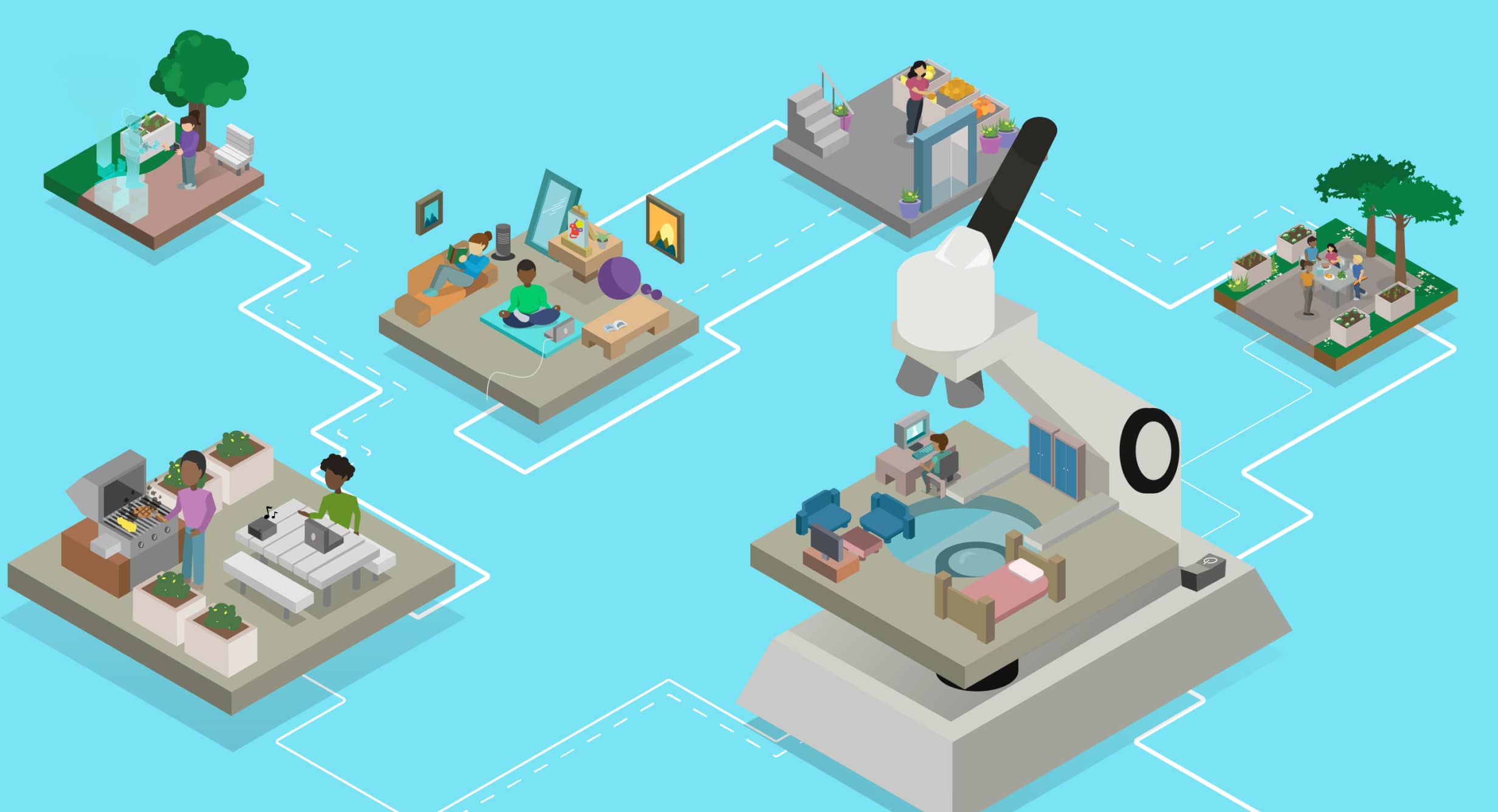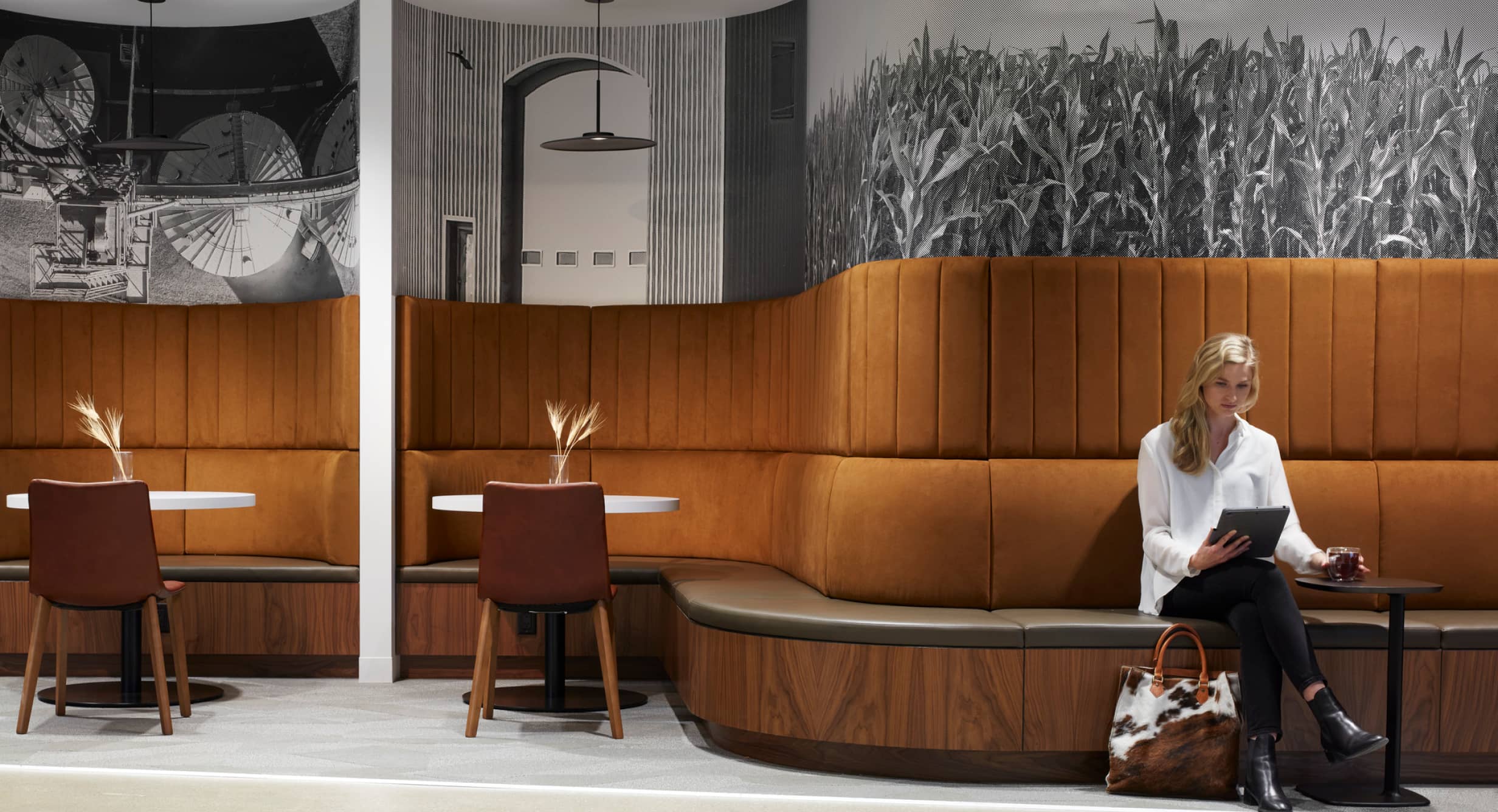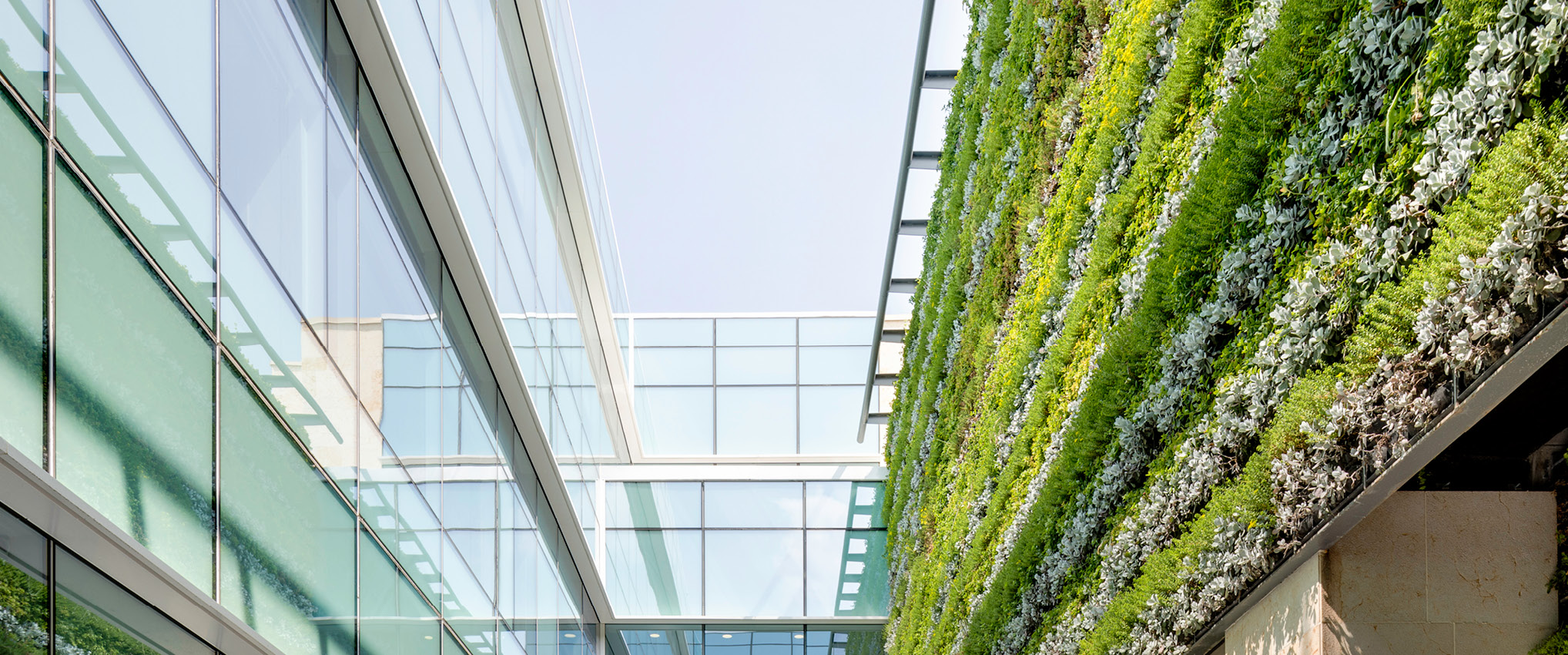
Pacific Northwest’s Thriving Economy Fosters Sustainable Design Innovation
The Pacific Northwest has been a hot location for new construction and development during the past decade due to a growing population and the influence of major tech companies in the region.
Despite some slowdowns during the height of the COVID-19 pandemic, that booming trend continues. According to Rider Levell Bucknall’s crane index Seattle had 51 cranes in operation in the first quarter of 2023. During the same period, Portland tied the (much larger) city of Chicago with 14 operating cranes.
HKS recently opened a Seattle office to expand the firm’s services throughout the Pacific Northwest during this exciting time for design and development in the region. Scott Hunter, HKS Regional Director for Americas West, said that architecture and design clients in the Puget Sound area expect excellence and social responsibility in the services provided to them. He said that “aligns beautifully with HKS’ core values and mission.”
“We’ve worked in the region for a long time and have a roster of successful projects in the area, so to now have an actual office sets a very positive trajectory for us in this market,” said Hunter.
HKS Seattle Office Director Doug Demers said that across sectors, local clients are looking at repositioning, retrofitting and new construction in nearly equal measure. Despite recent fluctuations in the commercial sector, opportunities abound with corporate clients as well as those in the health, education, residential and mixed-use development markets.
“Right now, like most cities in the U.S., Seattle is in a cycle where there’s an excess of office space, but there are other sectors that are very active because the population is still growing,” said Demers. “Basically, you’re always catching up on infrastructure.”
Housing, Healing, and Educating a Growing Population
In 2023, several cities in Washington and Oregon made Forbes’ list of 50 fastest growing U.S. cities and The Seattle Times reported that Seattle is the fastest growing “big” city in the country, based on U.S. Census data.
The steadily rising population is driving a need for housing, especially in the large cities of Portland and Seattle where development space is constrained by waterways. Demers said that the residential market is highly active in Seattle and its surrounding smaller cities; an increasing number of high-rise multifamily properties are being built to house people in denser settings.
With more people continuing to move to the area, additional pressure is placed on local health and education systems, according to Demers and HKS Regional Design Director Carl Hampson. As HKS expands its health care and higher education practices in the region to serve residents, Hampson is paying special attention to how designers can respond to the on-going mental health crisis, in particular.
“In health care, there’s been a huge push in the Northwest on mental health,” Hampson said, noting that Washington and Oregon state governments have recently prioritized access to care and developing modern facilities to provide mental and behavioral health services.
“The behavioral health system is very complex, and I’m really interested in looking at all the different pieces of it holistically. You can’t just solve problems in one area, you have to think about the entire continuum,” Hampson said, adding that in addition to policy and financing, architecture can “certainly play a role” in helping solve mental health challenges.
Colleges and university systems in the Pacific Northwest are also taking mental health seriously. Hampson said schools are seeking to provide student spaces that enhance health and well-being and that he looks forward to bringing HKS’ research and design expertise in higher education and mental and behavioral health to clients throughout the region.
Tech and Commercial are Bouncing Back
Regardless of the slight pause in new commercial sector projects and construction in recent years, the Pacific Northwest’s legacy as a destination for some of the world’s most influential tech companies — including Microsoft, Google, and Amazon — is secure.
“Growth in the tech industry isn’t dead, it’s just slowed to a normal pace,” said Demers. He also noted that the next few years are shaping up to present new real estate and design opportunities as artificial intelligence (AI) becomes a larger business driver for the tech companies rooted in the Pacific Northwest.
HKS Studio Design Leader Christa Jansen said that as the tech sector has evolved in the region, clients have influenced each other when it comes to interior design, adopting best practices for healthy and inclusive workplaces so they can remain competitive as employers.
“Their standards and way of looking at design has definitely evolved over time and become more sophisticated,” Jansen said.
Beyond tech, many leading corporate brands are headquartered in the Seattle area including Nordstrom, REI, Starbucks, and Costco. As companies like these — and the hundreds of others in the region — solidify in-office work policies and employee desires and behaviors change in the coming years, Jansen said she expects an uptick in commercial design opportunities.
“Commercial clients are giving up a lot of space,” Jansen said. “They’re shrinking down. We’ve been conducting studies about how to use space more efficiently and what kinds of spaces are most important.”
Jansen added that HKS’ workplace design research, including the firm’s recent study illuminating affordances for better brain health, is a helpful differentiator for her team.
Experiences in Hospitality and Mixed-Use Destinations
Because of its national parks, dynamic cities and proximity to popular cruise ship destinations, the Pacific Northwest is a hotbed for travel and tourism. Current travel trends indicate that people want to be immersed in nature and take part in socially conscious experiences, and hospitality brands with locations in the region are working with design firms to keep up with these trends, among others.
“So many people are traveling. Owners and operators are trying to differentiate themselves. They’re constantly thinking about reinventing themselves and keeping up on things more rapidly than they used to,” Jansen said.
An emphasis on how to provide exciting experiences to people has also made its way into conversations about new mixed-use developments. Unlike pre-pandemic developments where anchor buildings tended to be commercial offices, a shift toward anchor entertainment venues is occurring, according to Demers.
“They might be sports related, music-related, but they are experience-driven,” said Demers, who is actively working on strengthening client relationships and pursuing large mixed-use strategy and planning projects in the Seattle area.
Creating dynamic centers of activity and economic growth is going to be a key way designers contribute to resilience as the Pacific Northwest.
“I’m looking forward to opportunities around mixed-use development… how we can create better communities through that avenue and tap into what it means to be in the Northwest,” Hampson said.
Emphasizing Sustainability and the Natural World Through Design
To borrow Hampson’s phrase, a big part of “what it means to be in the Northwest” is to experience life surrounded by some of the country’s tallest mountains, most verdant forests and breathtaking water vistas. Local architecture and design tend to reflect these local natural wonders, Hunter, Hampson, Demers and Jansen all said.
Building materials such as wood and mass timber, stonework, and green roofs can be found in contemporary buildings throughout the region — from civic structures and schools to corporate offices and residential properties. Hampson said clients and designers also often focus on incorporating thoughtful outdoor space because when the weather is nice, “everyone wants to be outside.”
“There’s an authenticity in the architecture here that you don’t see in other places,” said Hampson. Architects, designers and their clients, he said, tend to draw inspiration from natural history rather than “importing something from another time and place.”
HKS designers working in the region indicated that this design trend corresponds with a local commitment to sustainability — proximity to robust natural resources means that clients are more conscientious about conservation and environmental impacts of design and construction.
“Vancouver, Seattle, and Portland are all pretty progressive cities around sustainability. They’ve spawned architecture that responds to that,” Demers said.
Jansen said that the interior design clients she works with desire spaces with natural and resource-conscious materials and are always keeping an eye on evolving sustainability and well-being certification guidelines.
“Ever since LEED was introduced, sustainability has been a big thing…designing to those standards is embedded into all projects here,” Jansen said.
What the Future Holds
Jansen noted that HKS’ expansion in the Pacific Northwest brings new opportunities for the firm as well as for the companies and organizations it partners with to create spaces and places where people can thrive.
“I’m excited to bring the HKS ethos to this region and give our clients another option,” she said.
HKS intends to serve the growing region with diverse needs with its robust design and project delivery talents. Hunter said that the Pacific Northwest’s dynamic economy, forward-looking sustainability approaches and engagement with natural beauty will help foster innovative design solutions where architects, designers, and researchers can excel.
“We think HKS presents something new to the PNW market,” Hunter said. “Our ability to tackle complexity and to synthesize integrated solutions regardless of the project type gives us a unique perspective that can help us guide our clients into the unexpected.”



